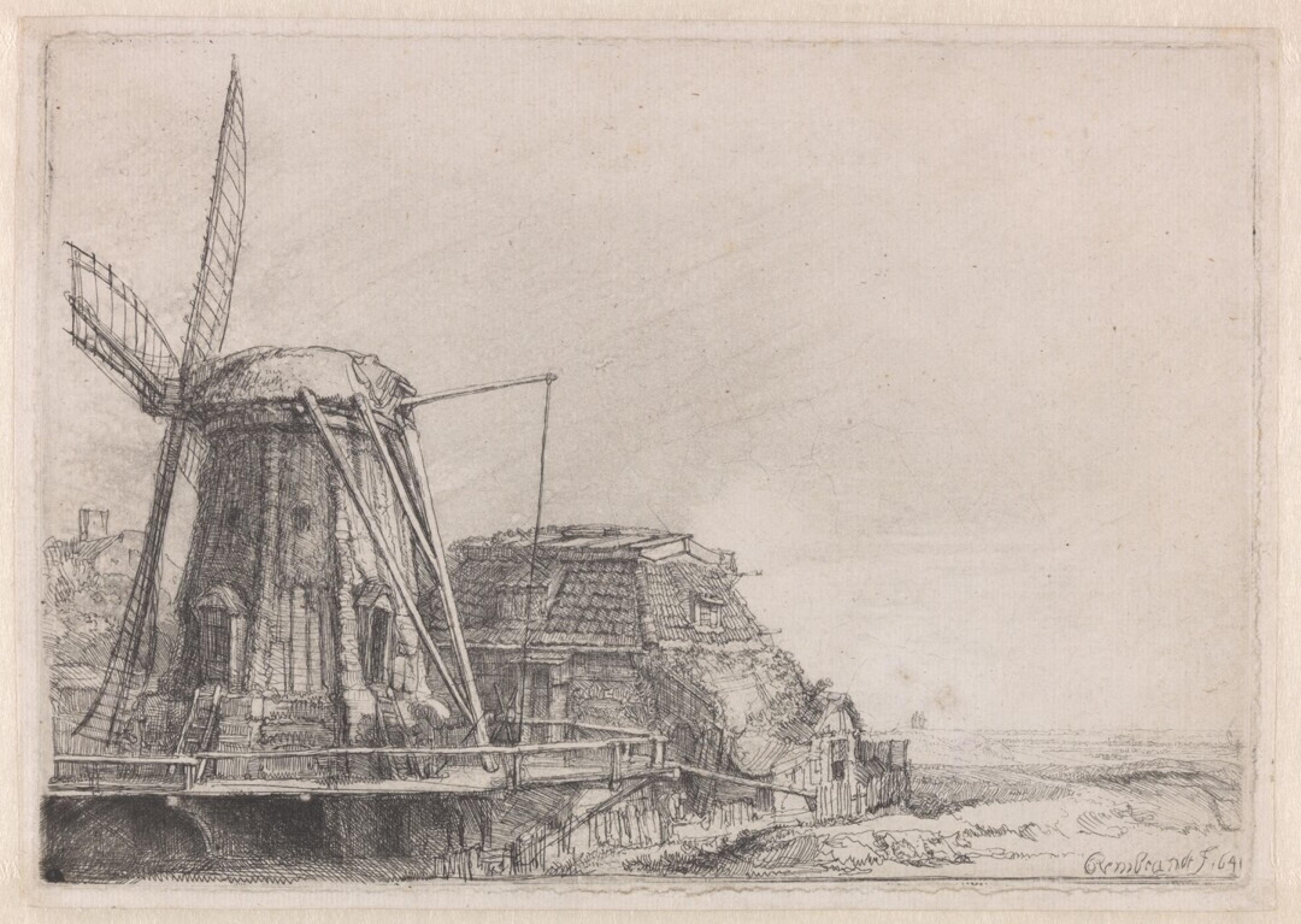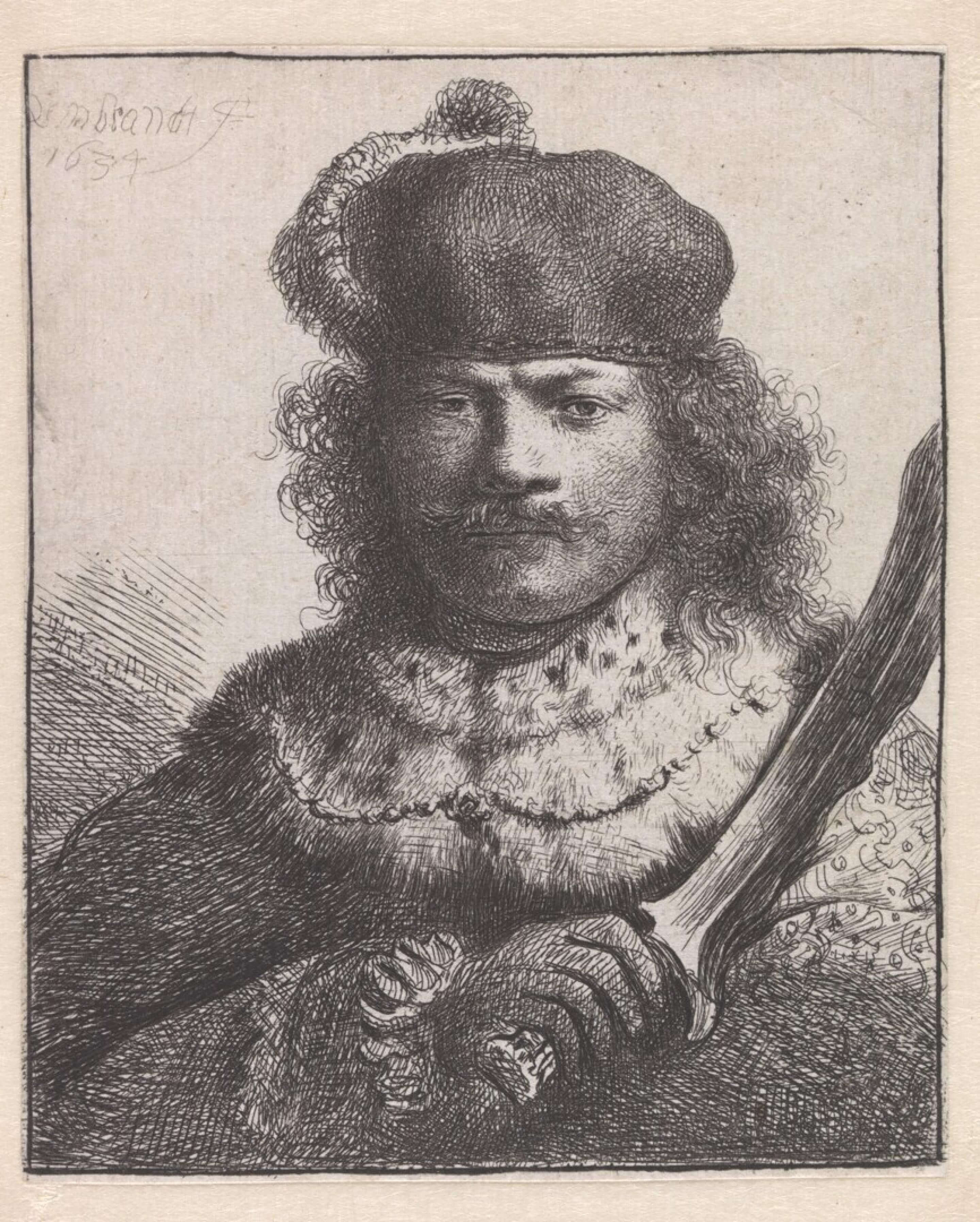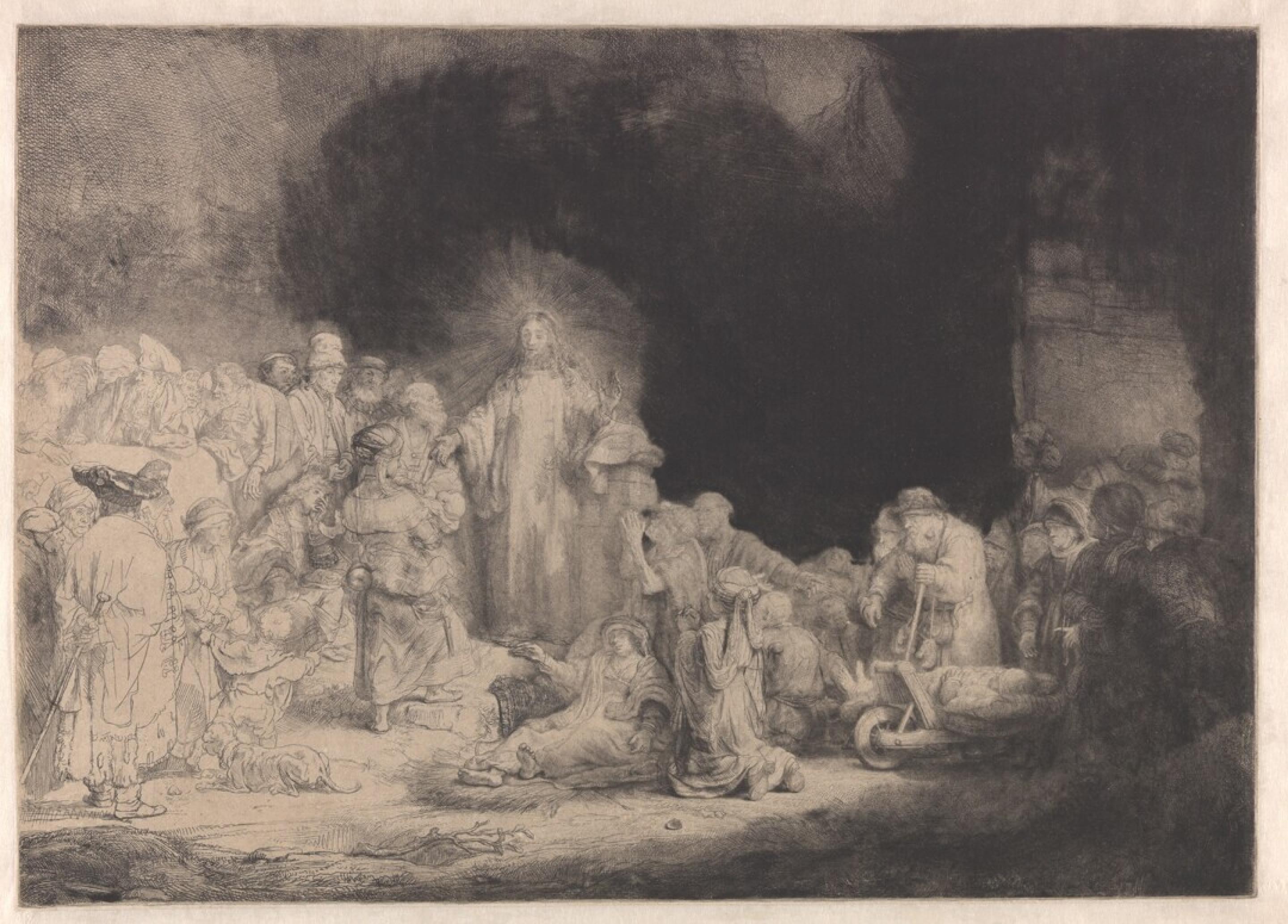Rembrandt, the absolute master of engraving
Rembrandt was profoundly innovative and revolutionized the art of engraving. He adopted a resolutely experimental approach and developed the process to the utmost. Like Dürer, Goya, or Picasso, Rembrandt is regarded as one of the greatest engravers of all time. He produced some of the most celebrated works in the history of the medium and his impact on the discipline is still relevant today.
The exhibition presents Rembrandt’s engravings, which established the artist’s reputation and have always been appreciated by art lovers. Rembrandt produced 300 engravings between 1625 and 1665. Most of the works are etchings, a complex technique in which the image is etched on a copper plate using an acid. For Rembrandt, etching was a full-fledged art form equal to painting that he researched passionately throughout his career. Moreover, almost all of his prints are original works independent of his paintings.
Buy your tickets online and
save up to $3 per ticket!
Discount will apply automatically.
80 Rare, remarkable works
The works selected offer a panorama that reveals Rembrandt’s outstanding skill as an engraver in the human, aesthetic, and technical dimensions of engraving. The exhibition will include the artist’s foremost masterpieces, i.e., The Hundred Guilder Print (circa 1648), The Three Crosses (1653), and The Little Tomb (circa 1657), and other outstanding works.
The exhibition encompasses all the topics that Rembrandt broached. His self-portraits reconstitute the artist’s biography while his religious prints propose a unique, spectacular interpretation of the Bible. His landscapes reveal an artist of exquisite sensitivity. His portraits and genre scenes display the full diversity of Dutch society at the time.
The exhibition also enables visitors to see Rembrandt in his historic period and environment as a resident of Amsterdam, a thriving, cosmopolitan city and brilliant hub of intellectual and artistic life, and an inhabitant of the Republic of the Seven United Netherlands, one of the great European powers of the 17th century. It also reveals the vagaries of the artist’s personal life, including the painful loss of loved ones and the serious financial difficulties that darkened his final years.


Rembrandt van Rijn, Christ Blessing the Children and Healing the Sick ("The Hundred Guilder Print"), about 1648 Etching, engraving and drypoint, 278 x 392 mm Collection Museum Boijmans Van Beuningen, Rotterdam, DN 1971/292 (PK) Donation Dr. A.J. Domela Nieuwenhuis, 1923 / Photo: Rik Klein Gotink
Other artists and a Québec touch round out the exhibition
The exhibition also displays works by other artists from whom Rembrandt drew inspiration and the work of some of his students and collaborators. Visitors can examine several posthumous printings of the master’s works and compare the original prints and the later versions.
What is more, several works by Québec artists from the MNBAQ’s collections round out the varied body of Dutch work, including engravings inspired by Rembrandt’s practice and Dutch art in the Golden Age from the standpoint of iconography and style or that illustrate the specific use of chiaroscuro.
Who was Rembrandt?
Rembrandt Harmenszoon Van Rijn (Leiden, 1606 – Amsterdam, 1669) was a Dutch painter and engraver and one of the foremost masters of European art. The son of a miller, he settled in Amsterdam in 1631 and quickly achieved success as a portrait painter, historical painter, and engraver. He is renowned for his highly personal treatment of chiaroscuro and modern humanism. A major figure in the Dutch Golden Age, Rembrandt contributed decisively to the flourishing of Baroque art. His art is celebrated for its vivid imagination and emotional richness and has been universally admired since the 17th century.
----------------------
This exhibition has been made possible through the generous loan of Art Works by Museum Boijmans Van Beuningen, Rotterdam, The Netherlands.
Around the exhibition
AUDIO GUIDE
AT ALL TIMES
Explore the exhibition with the audio guide that will lead you to discover the creative genius of this great master of the Dutch Golden Age. Learn more about the technique of etching and why this artist's printed work continues to fascinate with its modernity.
Credits
Rembrandt van Rijn, Christ Preaching ('La Petite Tombe'), circa 1657 Etching and drypoint, 155 x 207 mm, Collection Museum Boijmans Van Beuningen, Rotterdam, DN 1966/287 (PK), donation Dr. A.J. Domela Nieuwenhuis, 1923 / Photo: Rik Klein Gotink
Rembrandt van Rijn, Self-Portrait with Saskia, 1636, Etching, 90 × 92 mm, Collection Museum Boijmans Van Beuningen, Rotterdam / MS 640 (PK), From the estate of H.M. Montauban van Swijndregt, 1929 / Photo: Rik Klein Gotink














Give us your feedback